This limited edition, TTArtisan 28mm f5.6 lens is completely made of brass, weighing 151 grams and measuring 19mm long. It’s designed to look like the famous Leica Summaron M 28mm f5.6 lens from 1955 to 1963. You can get it in silver, black, and brass (gold) version, every version is limited to 500pcs, so it may gain collectors value in time – I have nr. 364 of 500 in gold color. It only comes in Leica M and LMT mounts, so it works with full-frame cameras. It costs around €450 when new and €300-400 when bought secondhand. To give an idea, the lens hood alone of the Leica version costs about as much as this lens, and an original Leica Summaron M 28mm f5.6, second-hand or its reissue quickly goes for ten times that price – it is difficult to know exactly. because I’ve found prices ranging from €2,500 all the way up to €9,900 on eBay.
As you can see in the photos below, not only is the lens completely made of brass, but also the lens cap and the rear cap, even the black supplied lens hood is also full brass. It’s worth the money in gold, erm brass alone 🙂
The lens hood is attached securely to the lens ring using a screw and internal clamping ring, ensuring a tight fit. However, the brass lens caps provided, while attractive and of good quality, are somewhat impractical for field use. I’ve encountered similar issues in the past with a steel lens hood from Fujifilm. This brass version from TTArtisan is even heavier, suggesting a likelihood of encountering the same inconvenience. Therefore, I believe a plastic version would be more suitable for outdoor use, considering both functionality and weight.
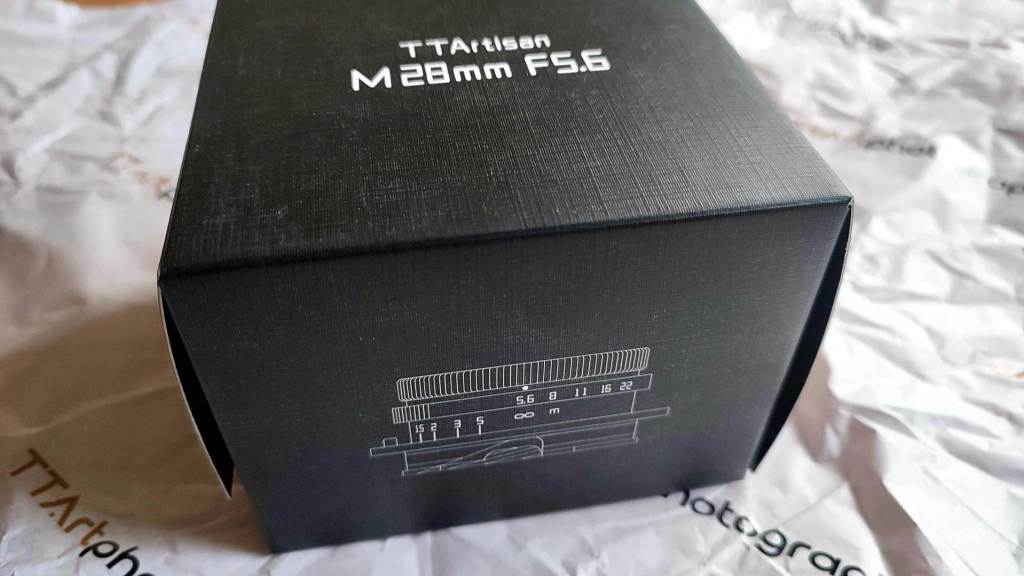
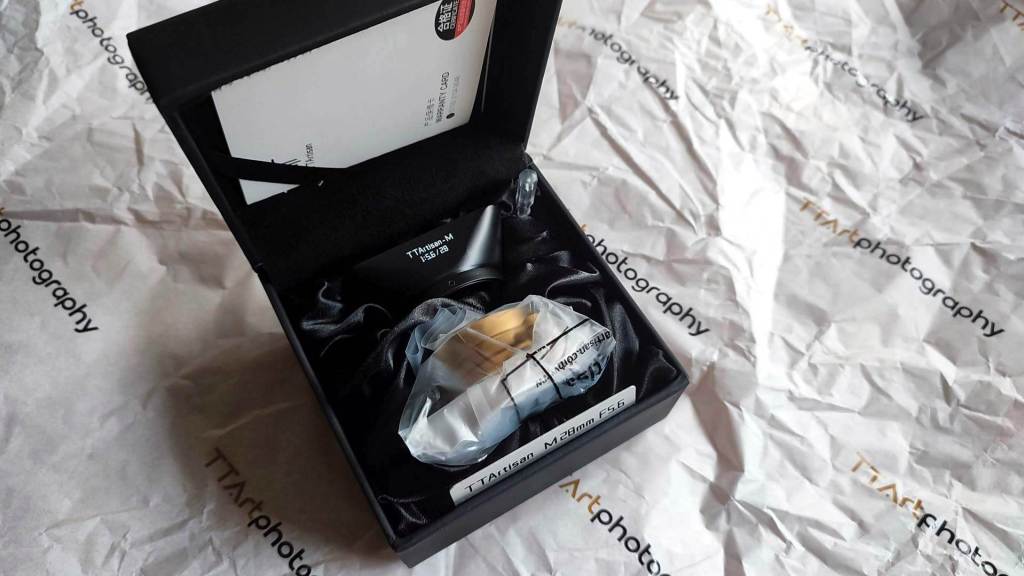
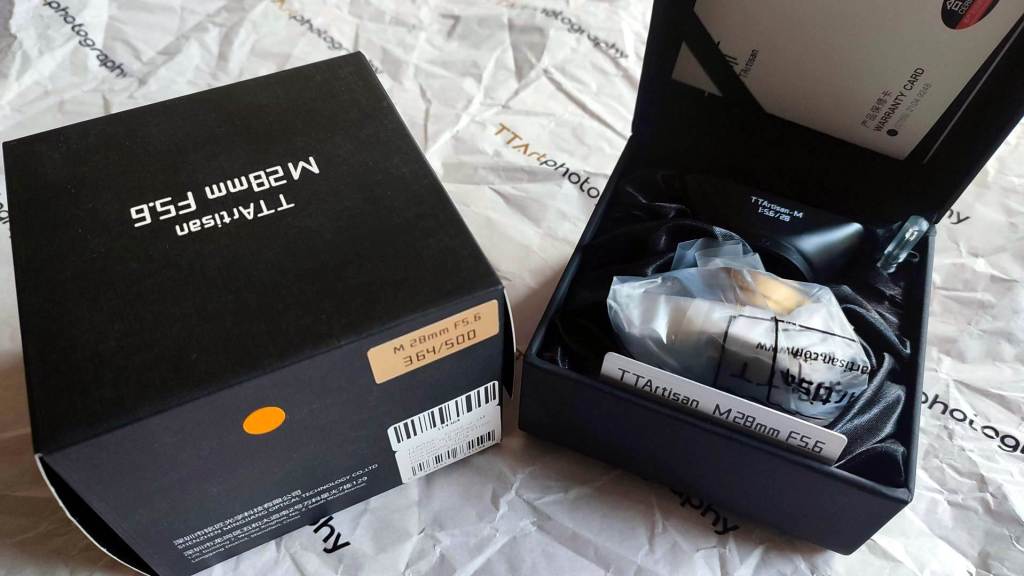
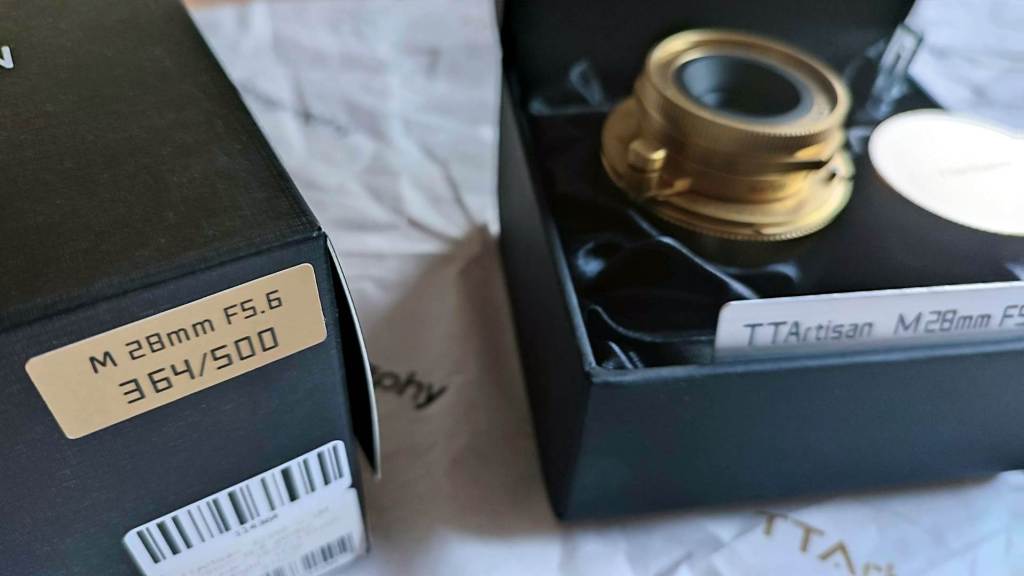
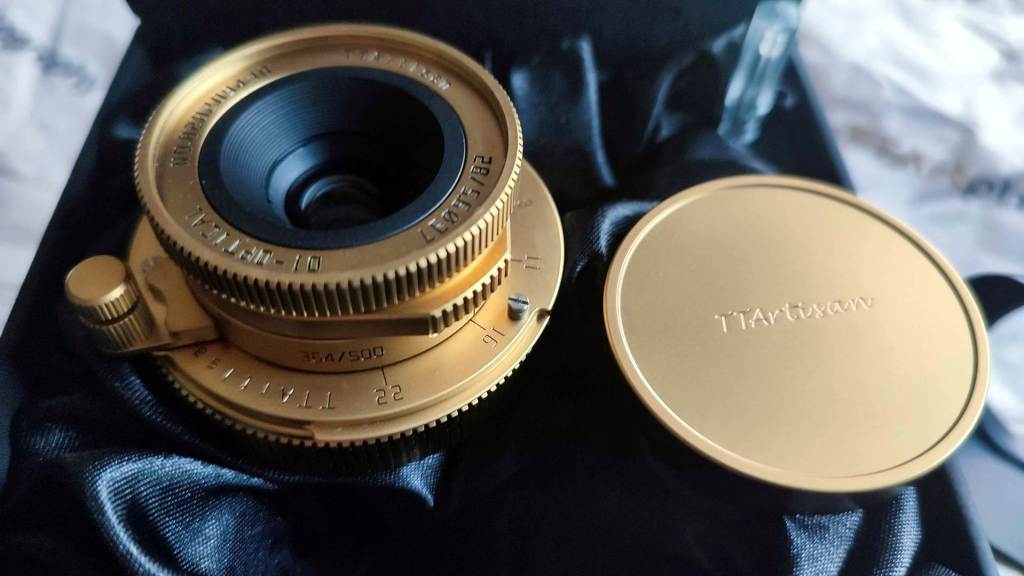
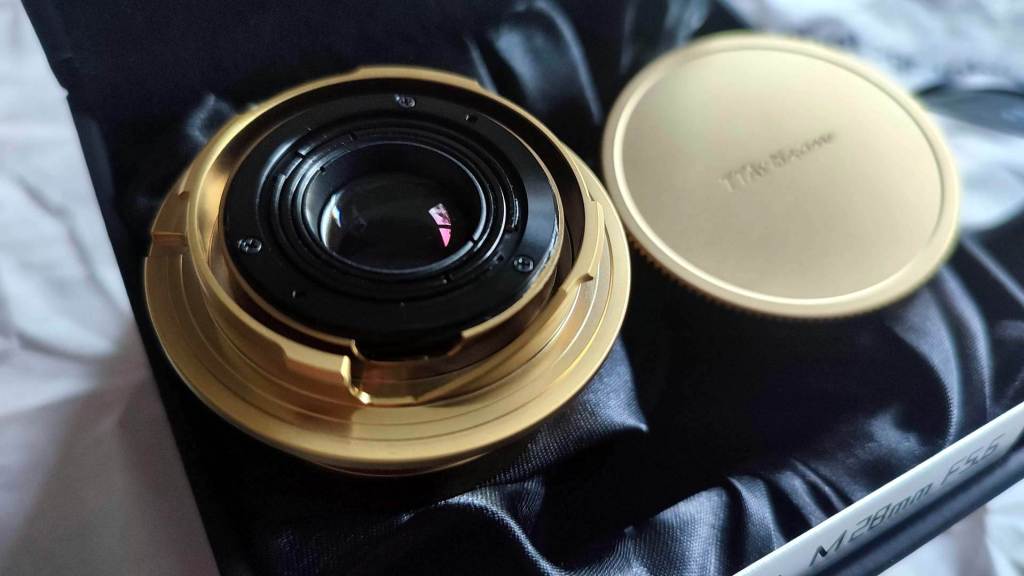
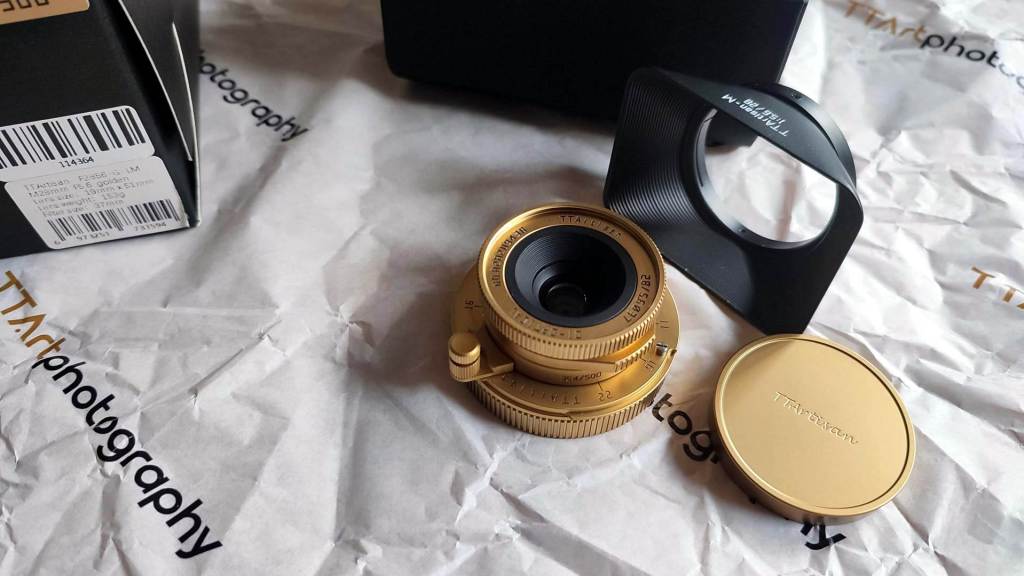
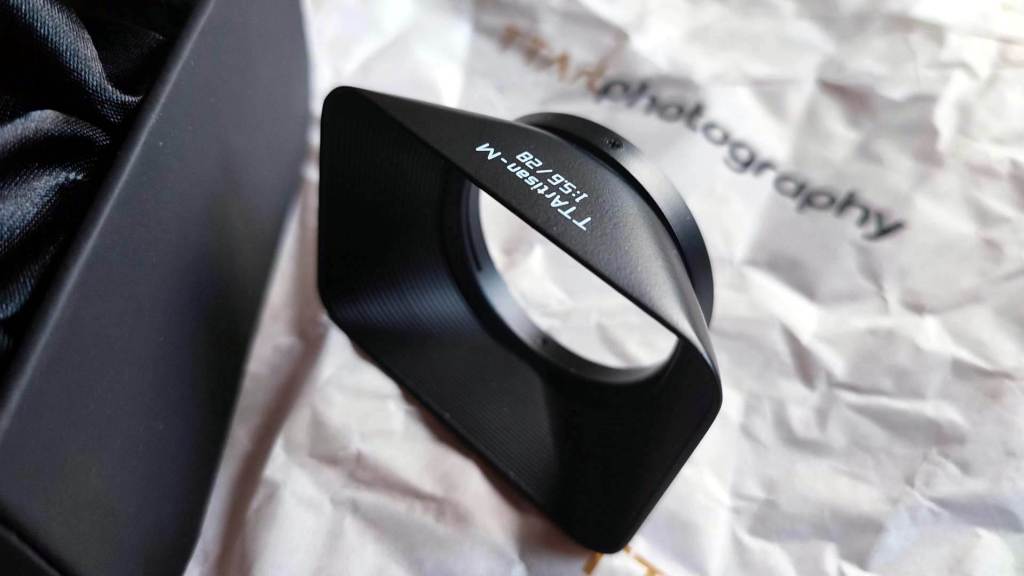
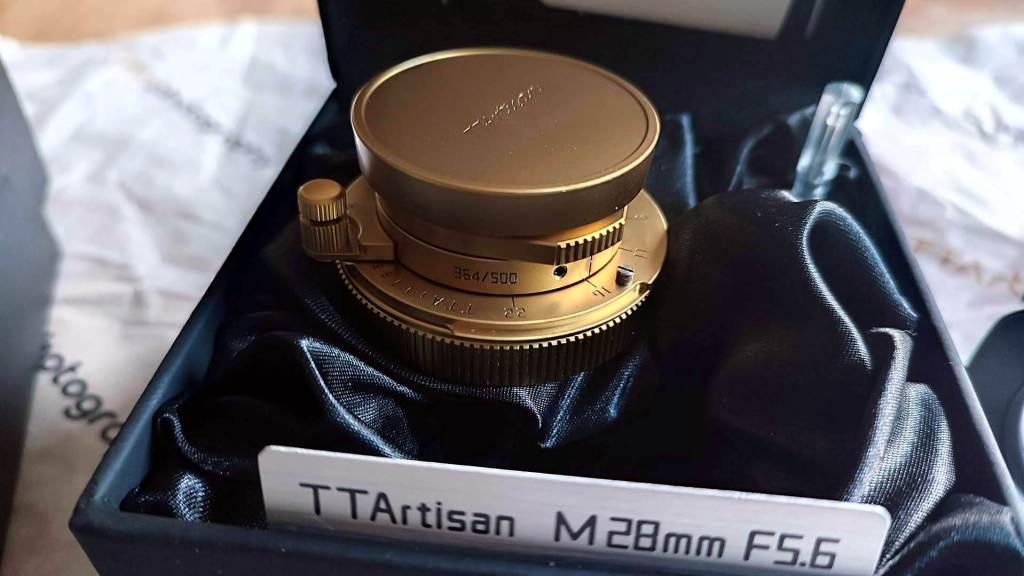
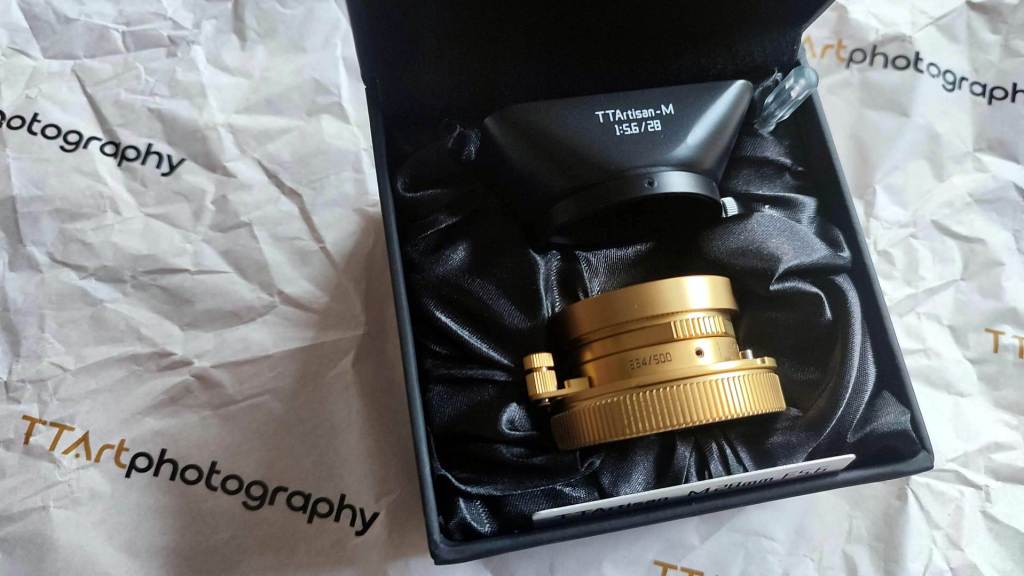
On a MFT camera, 28mm or 56mm field of view might not seem super interesting at first, but it’s actually pretty useful for things like portraits, street, and even architecture photography.
To use a Leica M lens on a Micro Four Thirds (MFT) camera, you need an adapter. This adapter adjusts the distance between the lens and the camera’s sensor. For Leica M lenses, the distance is about 27.80 mm, while for MFT cameras, it’s 19.25 mm. So, the adapter needs to be around 8.55 mm thick to make up for this difference.
Make sure to find an adapter specifically made for mounting a Leica M lens on a Micro Four Thirds camera. Pick a good quality adapter to ensure it fits accurately and maintains image quality. I personally went with the K&F Concept Leica M to MFT adapter.
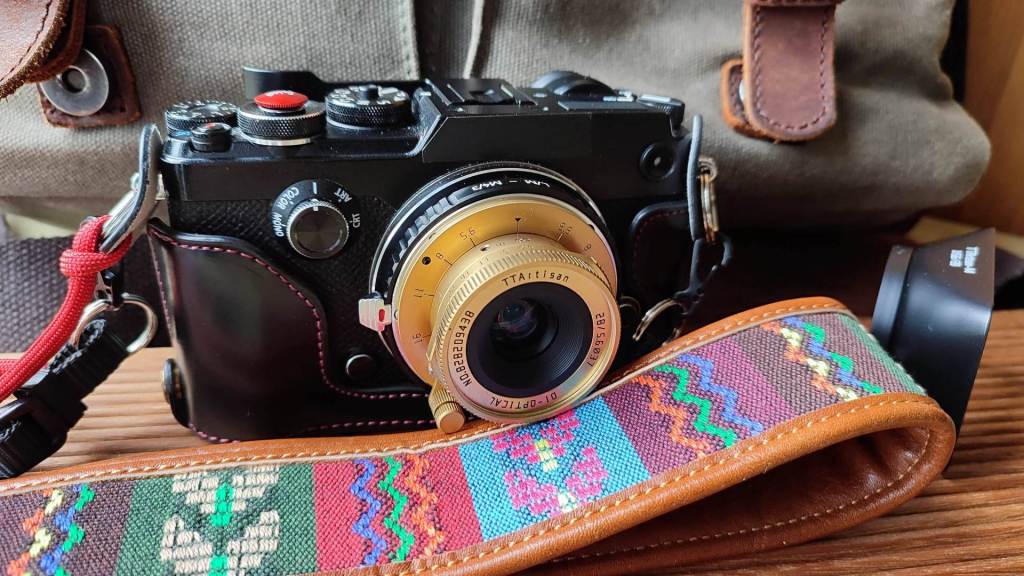
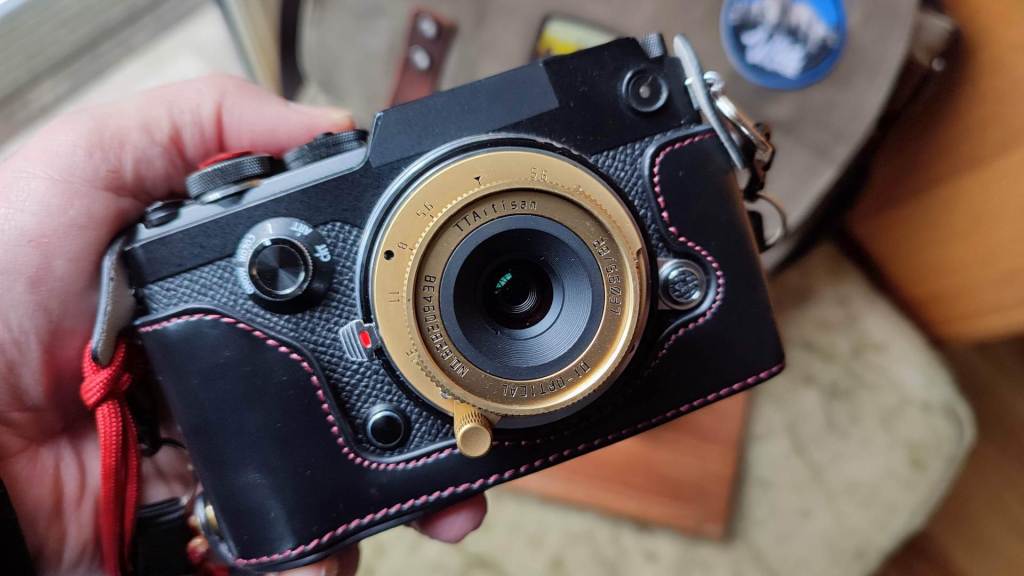
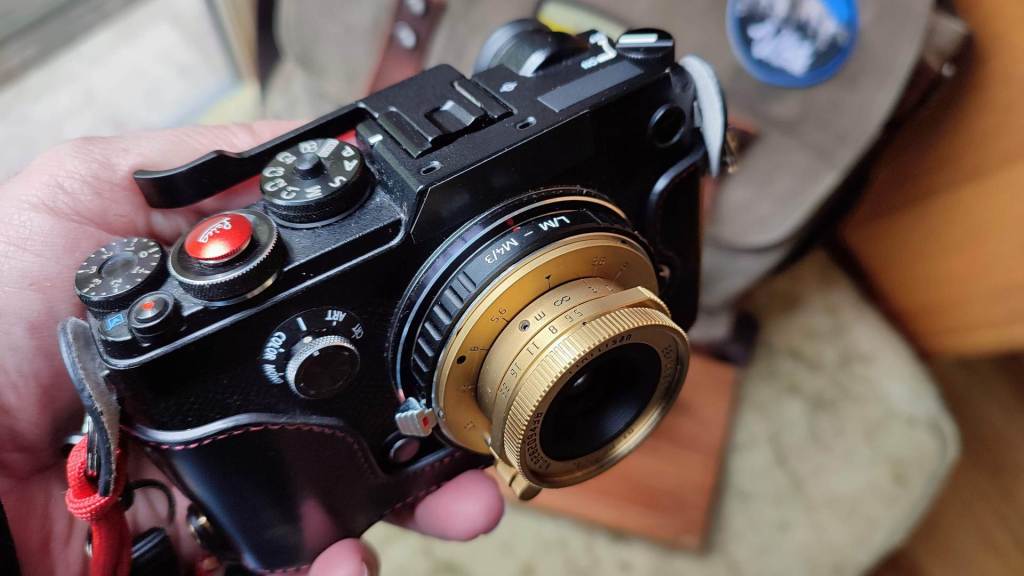
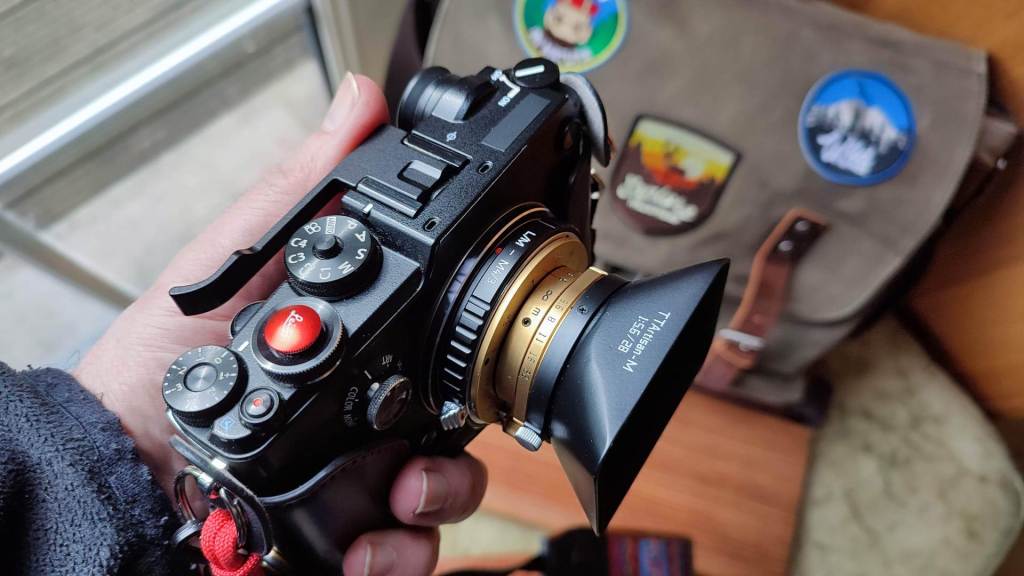
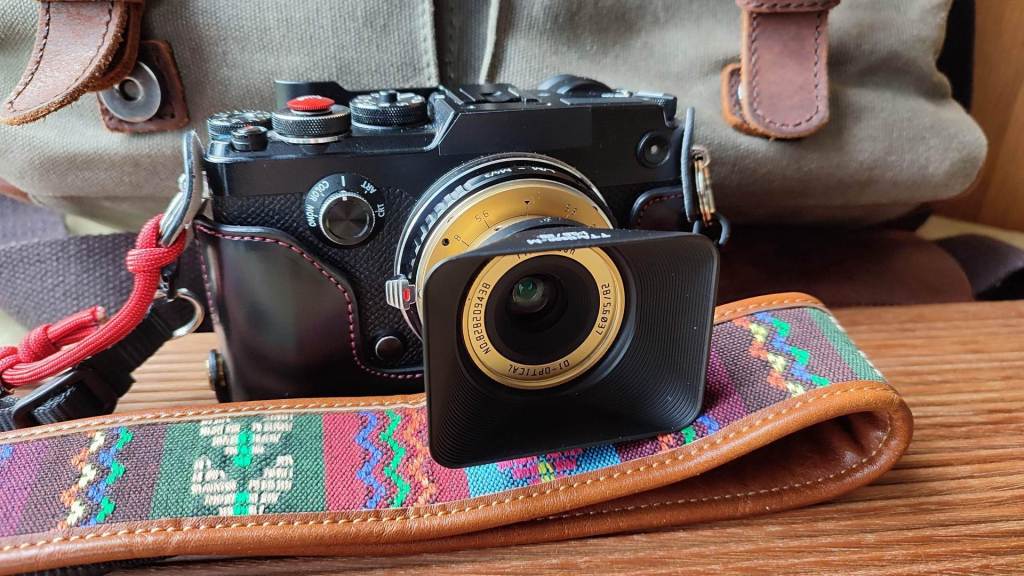
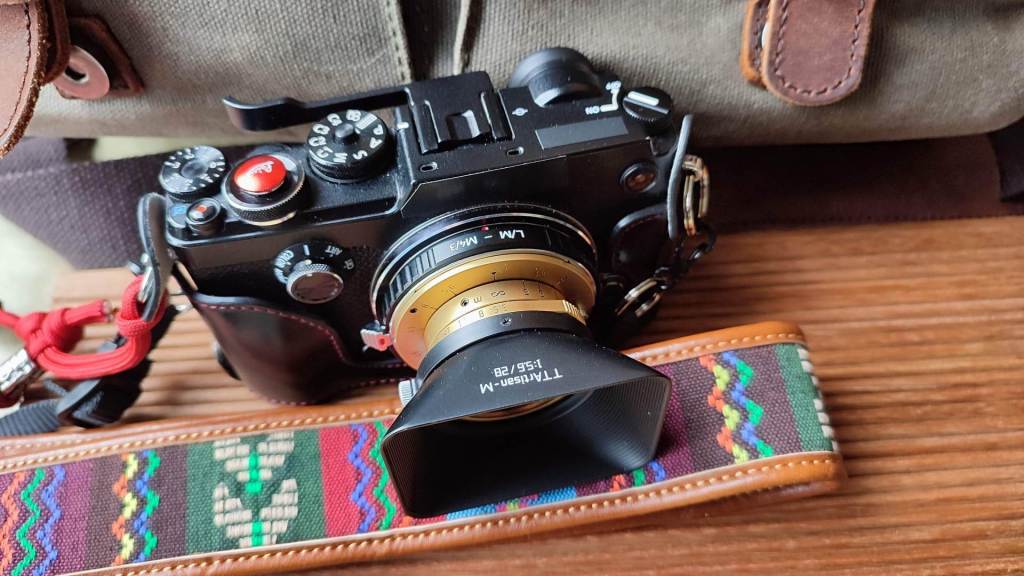
I’ve had the lens for a few months now, but I hadn’t gotten around to using it until today due to all kinds of circumstances. Unfortunately, the sun wasn’t out, and the sky was gray and completely cloudy. The photos I took were of a local train station and the 1873 castle Hof de Bist, built by squire Emiel Edward Guyot-Villers, in a small town nearby. There wasn’t much color in the photos, so I developed the RAW files using a Kodak Vision 2383 simulation LUT.
The lens’s focusing lever moves smoothly with just the right amount of resistance, and the aperture has a similarly pleasant resistance and clicks at each stop. At infinity, the focusing lever clicks into place against a notch in the rear lens plate, just like the original Leica Summaron. You can easily release the focusing mechanism with a gentle press of the button on the lever, which I found very convenient. The included metal lens hood fits onto the front ring of the lens with a clamp ring (the hood is heavy and also made of brass).
The focusing lever is located at the bottom of the lens when it’s mounted on the camera and rotates over a quarter of the total circle — fairly short, but again, focusing was very smooth and precise. There’s a depth of field scale on the rear lens plate, making it easy to set the lens to, for example, f/8 and have everything sharp from 1 meter to infinity.
The 56mm field of view on Micro Four Thirds might seem like a tricky focal length, but it turns out to be quite practical and universally usable — I even think it might be more convenient than using this lens on a full-frame camera. But even for APS-C users on Fuji, Canon, or Nikon, the 42mm equivalent field of view should be quite satisfying.
The TTArtisan lens has 7 glass pieces arranged in 4 groups, whereas the original Leica Summaron had 6 pieces in 4 groups. The TTArtisan lens has a filter thread of 37mm, while the Leica’s is 34mm. Other than that, there’s not much difference compared to the Leica. The TTArtisan lens weighs 10 grams less and is 1mm longer than the Leica lens.
If you’re used to shooting with autofocus lenses, adjusting to this manual lens might be a bit challenging at first because it’s really small. However, I never felt it was difficult for me at any point. You just need to realize that shooting manually with any lens is different; it forces you to work slower—unless you set the lens to hyperfocal for street photography, then you can use it as if it’s autofocus. There’s a clear depth of field scale on the rear lens plate for this purpose.
Even though it was a dark and cloudy day, the wide aperture of f5.6 didn’t pose any problems, especially with auto ISO on mirrorless cameras, which shouldn’t really be an issue nowadays. Any potential increase in noise at higher ISOs can be seen as a vintage element.
When you use the TTArtisan 28mm f5.6 lens on a rangefinder-style camera, it makes your camera very inconspicuous (although I must say that my gold version did stand out a bit while shooting) especially when opting for a black or silver version. It also makes your camera very compact and easy to carry around. Plus, it gives your camera a very Leica-like appearance.
Overall, I had a really nice and relaxing afternoon taking photos with this lens. It was very therapeutic and calming, and I definitely recommend taking this lens with you when you go out on to the street.
Picture Samples :
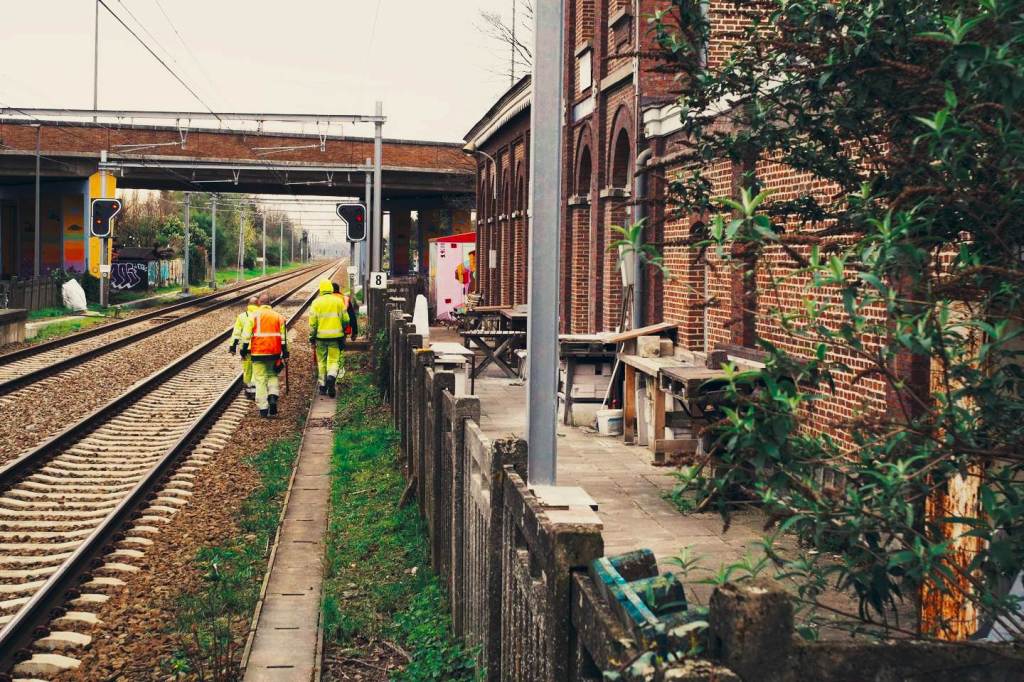
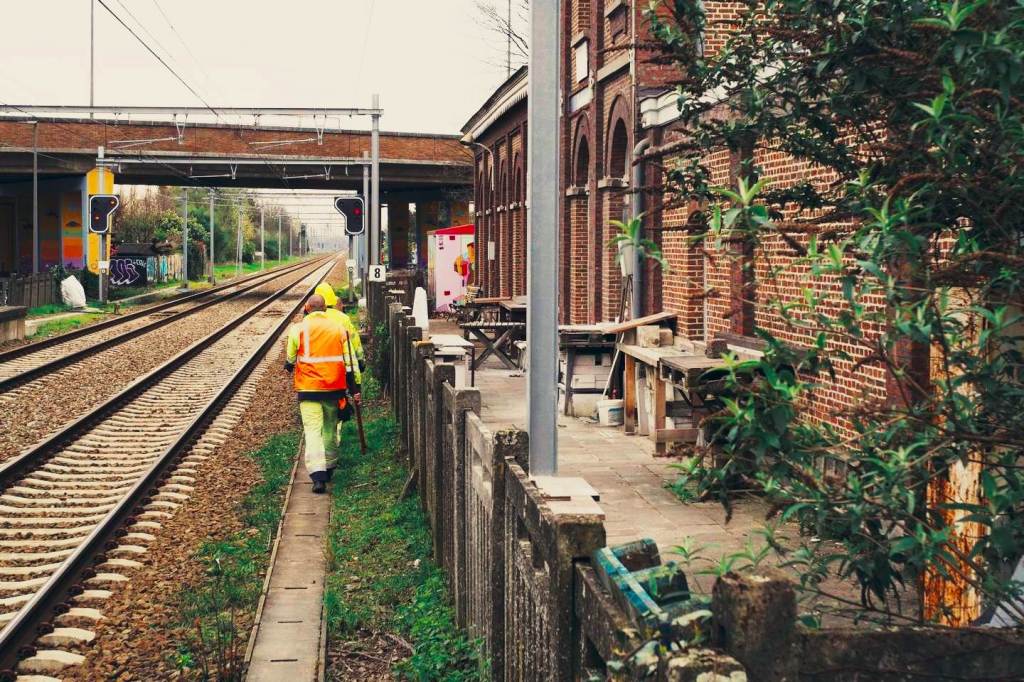
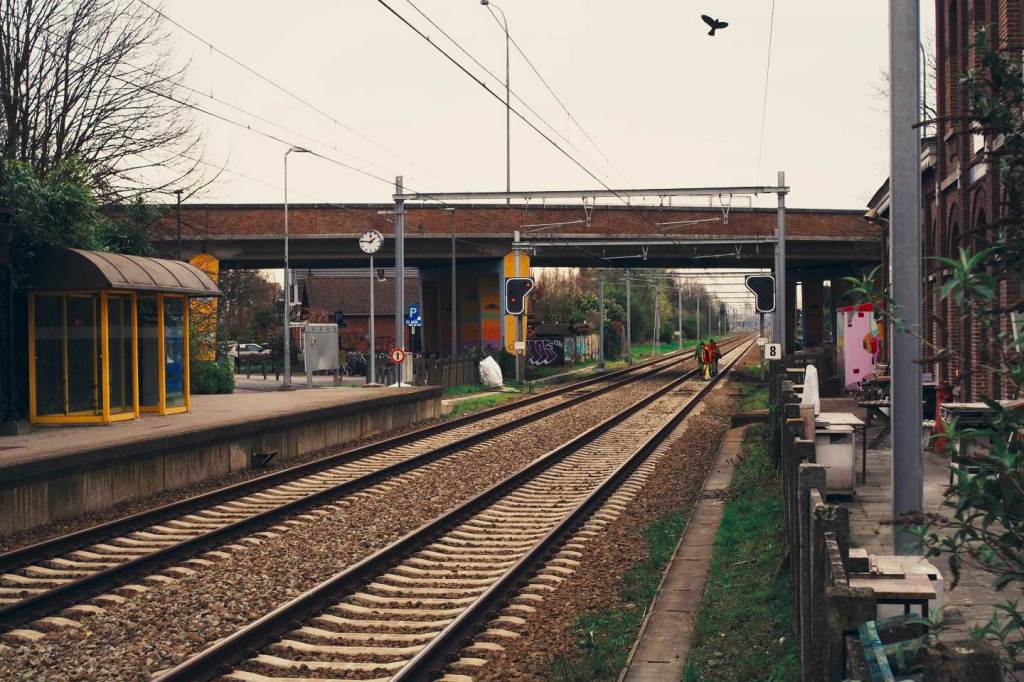
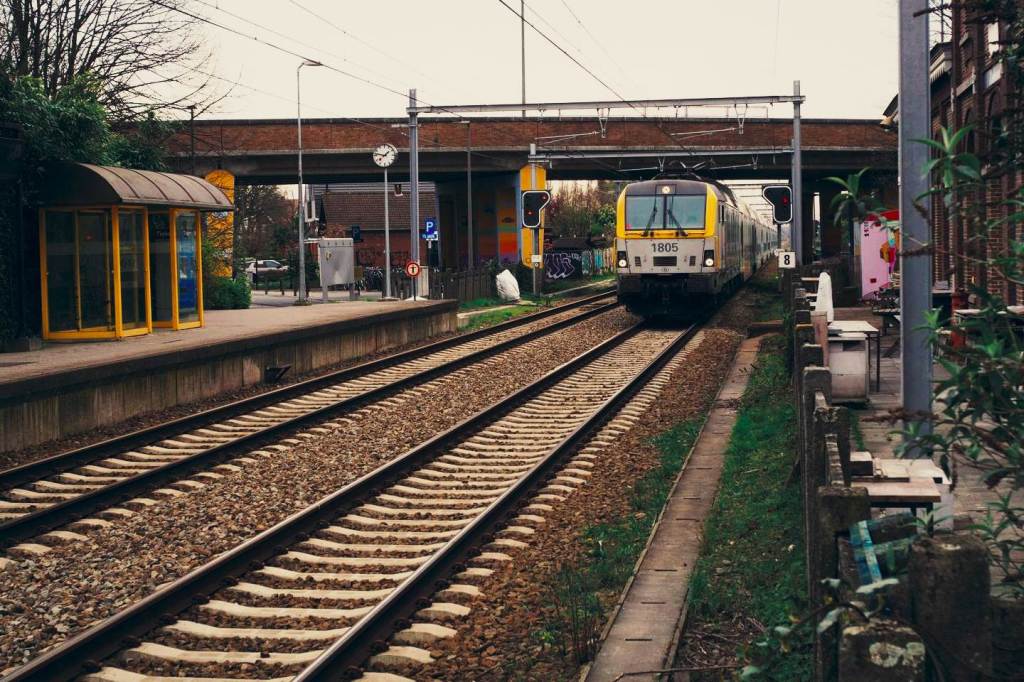
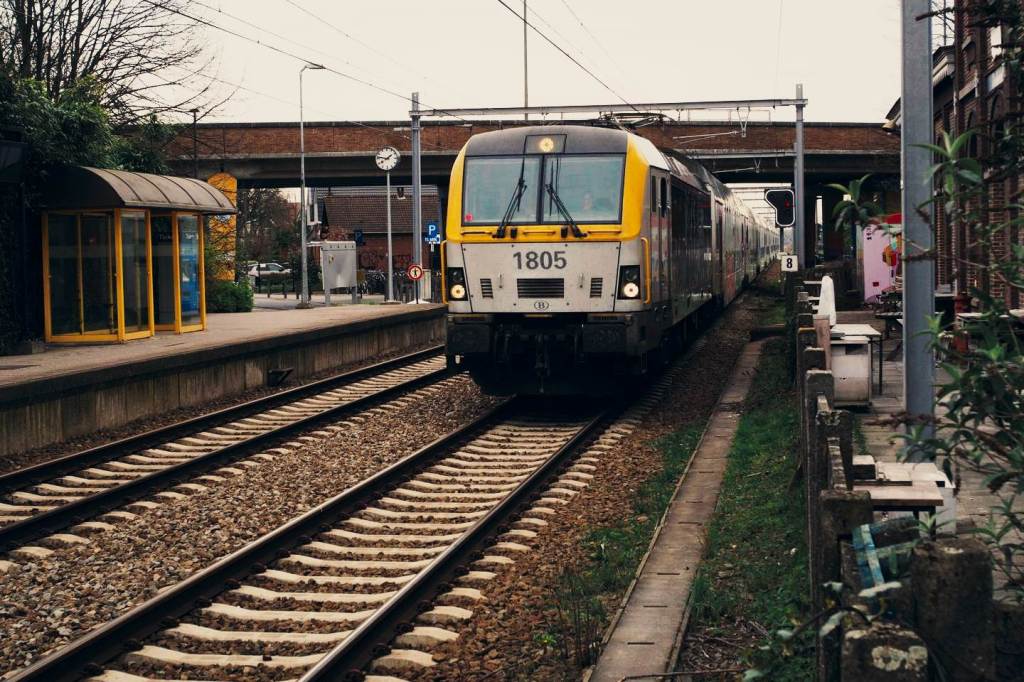
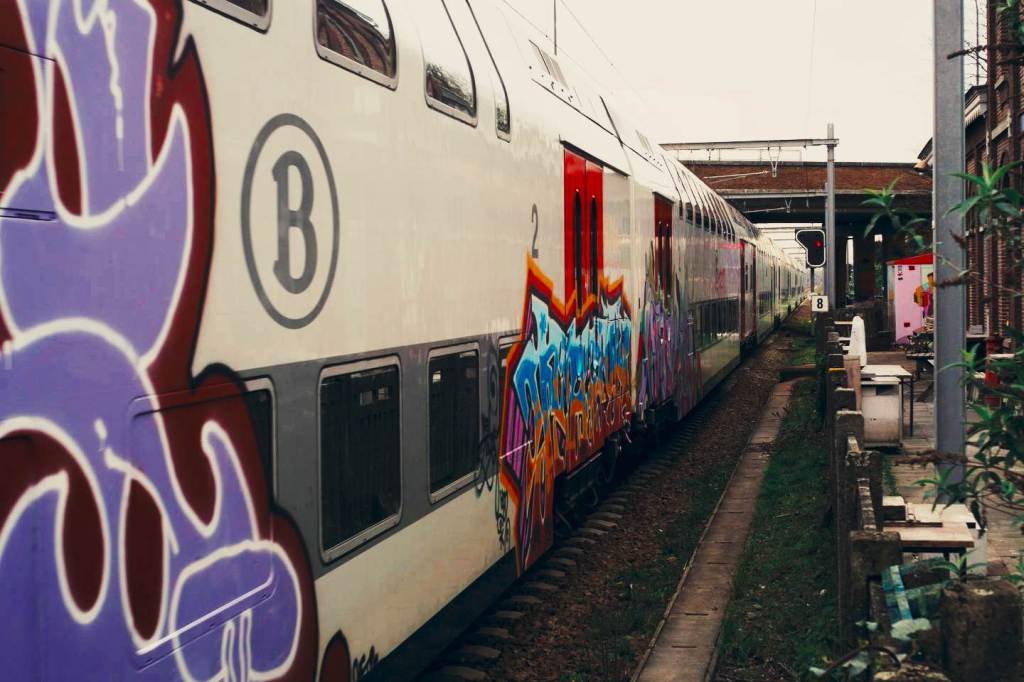

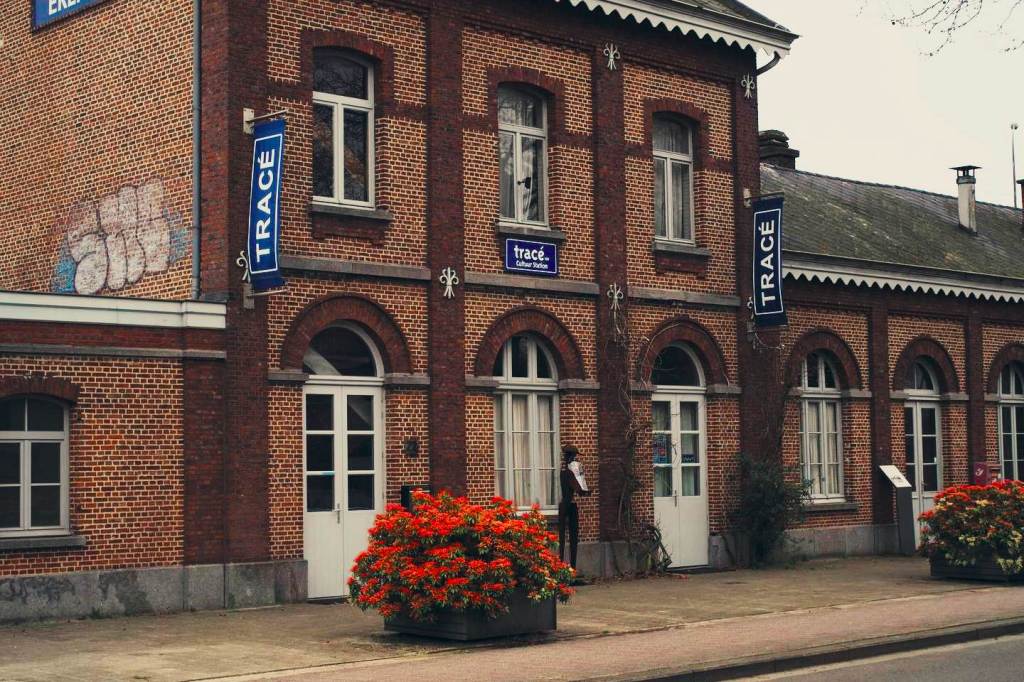
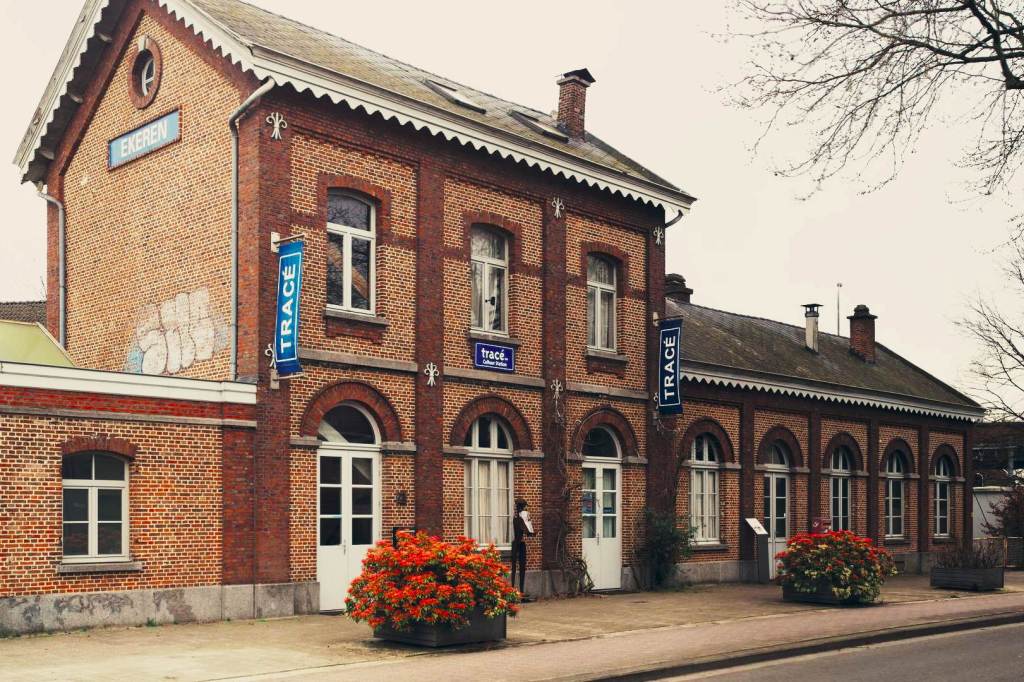
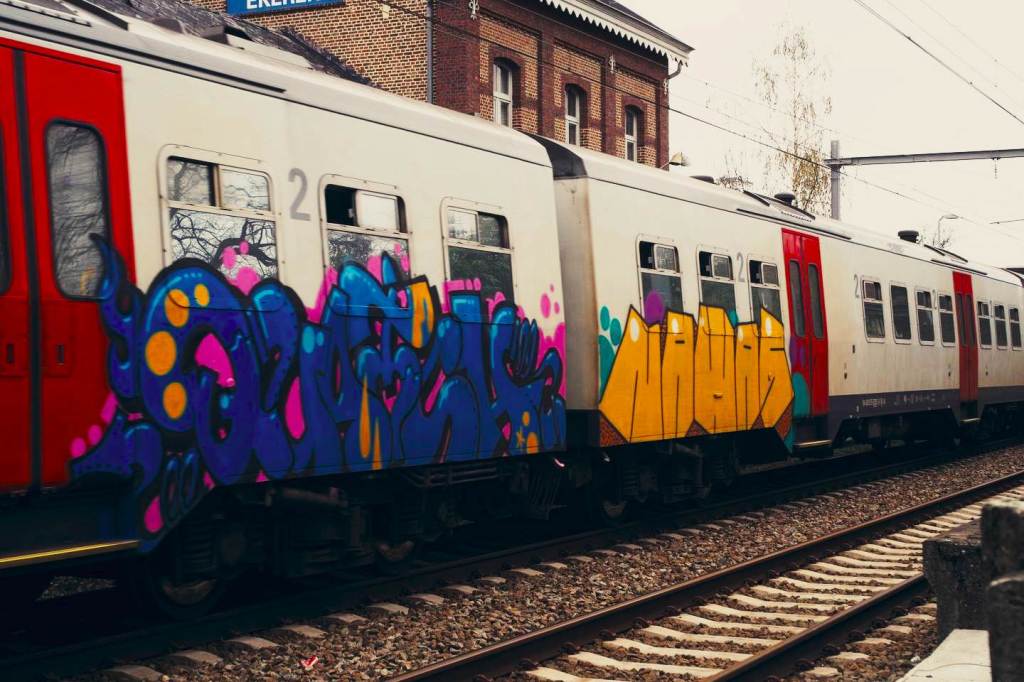
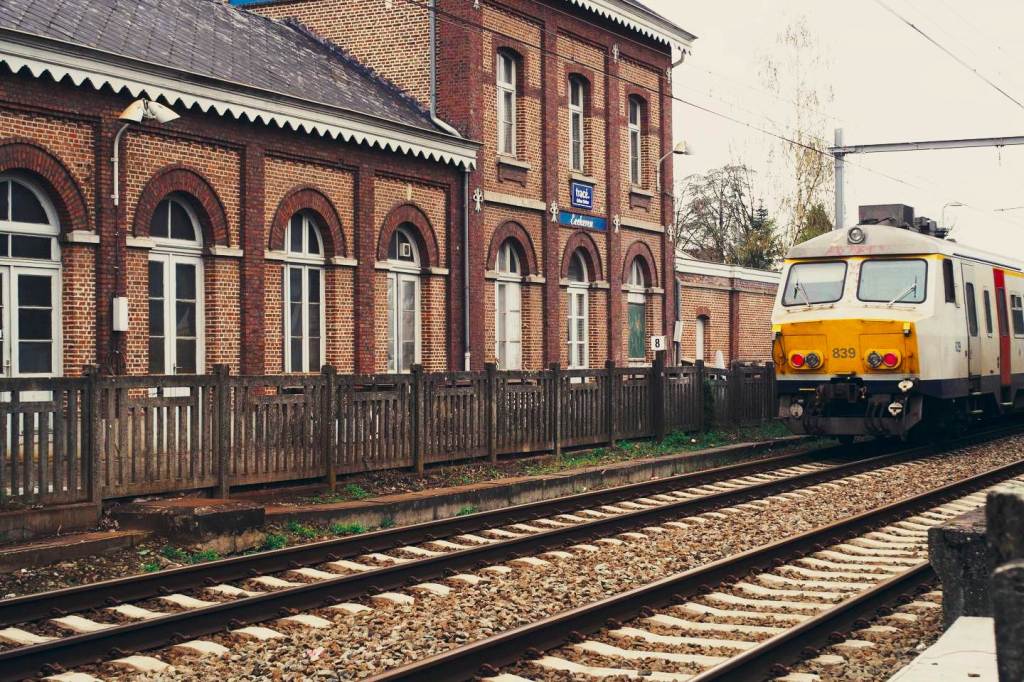
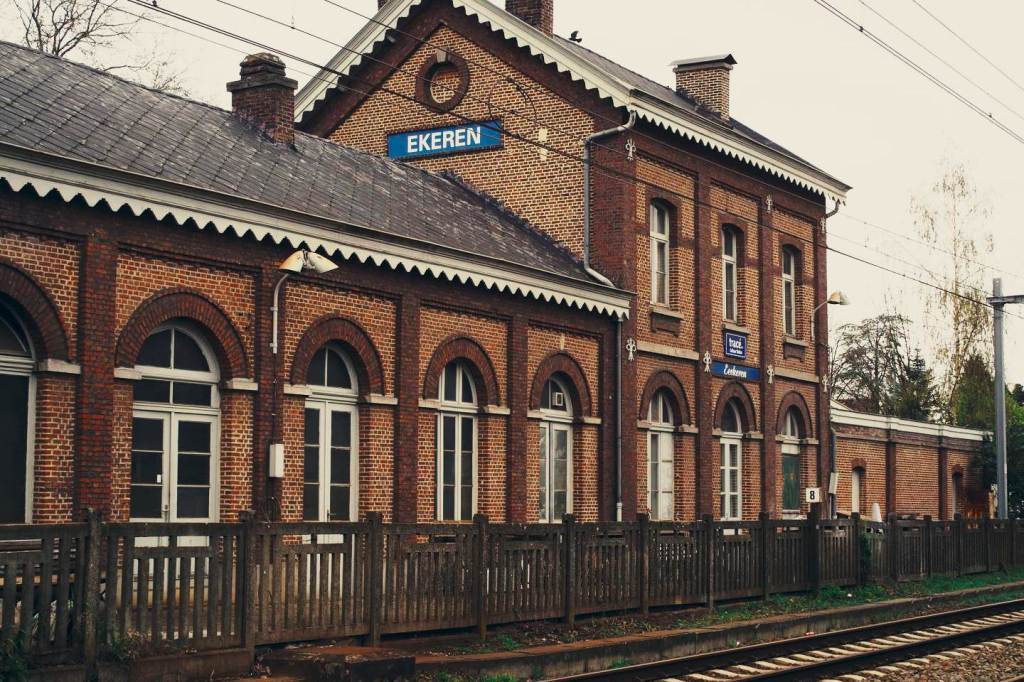
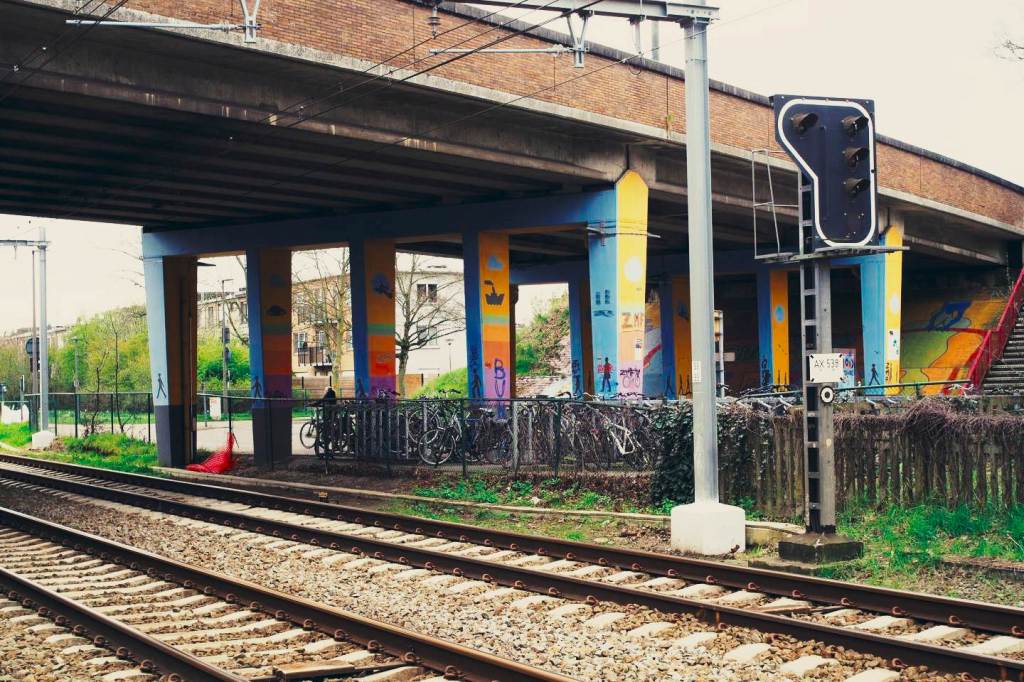
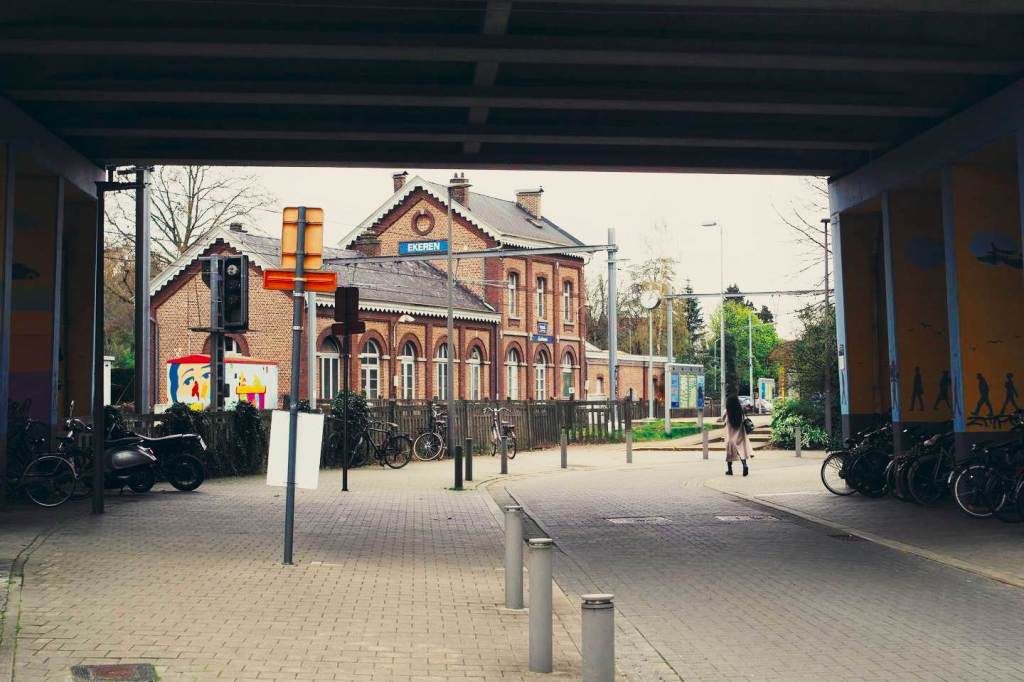
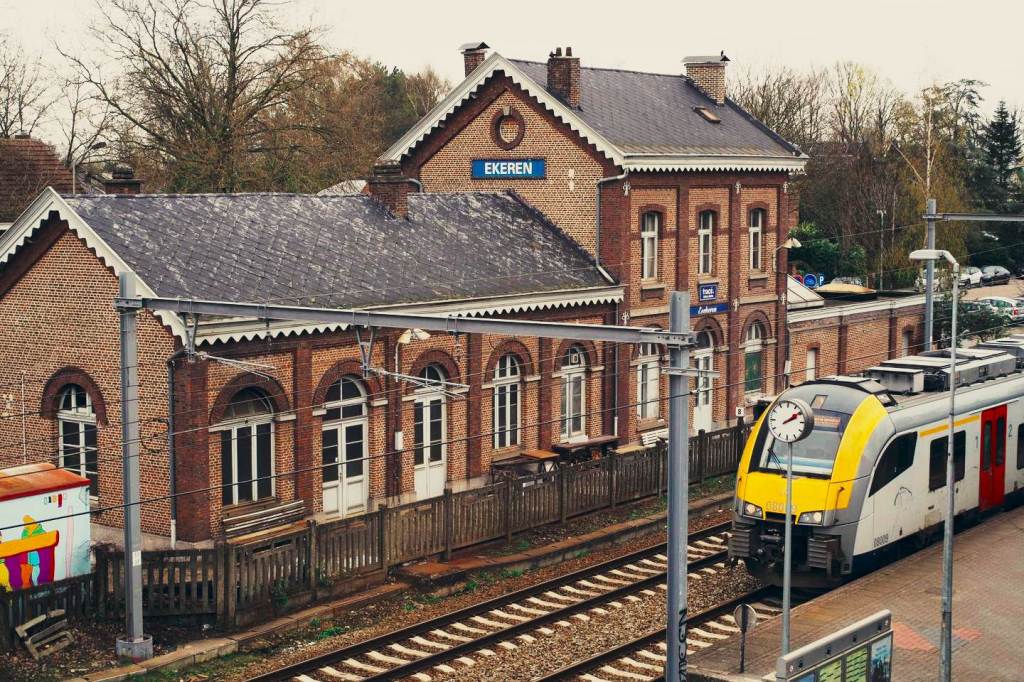
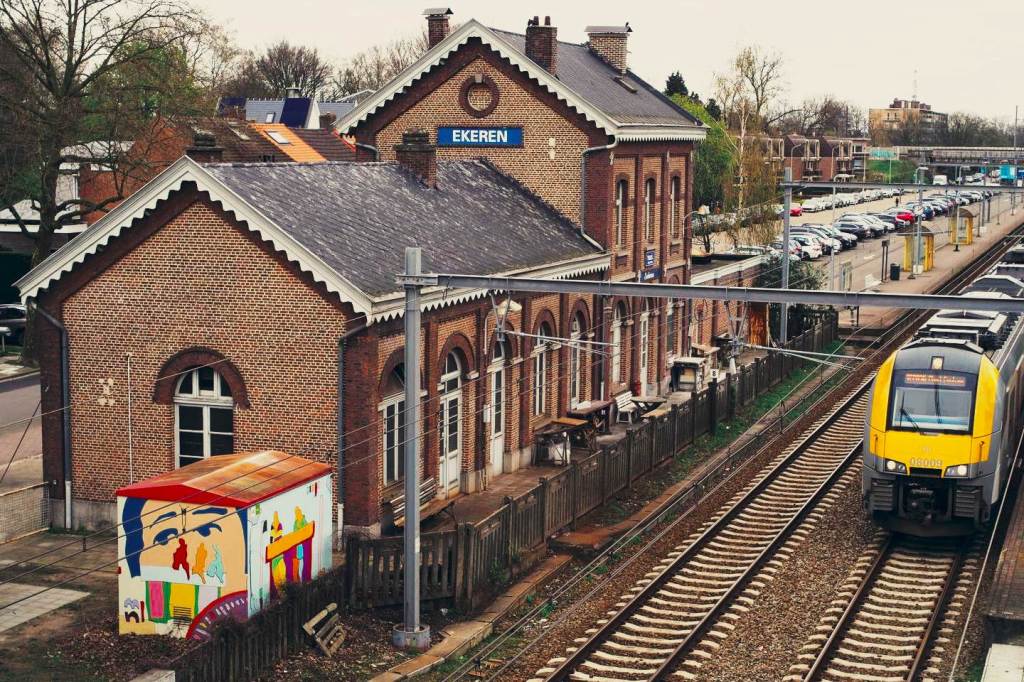
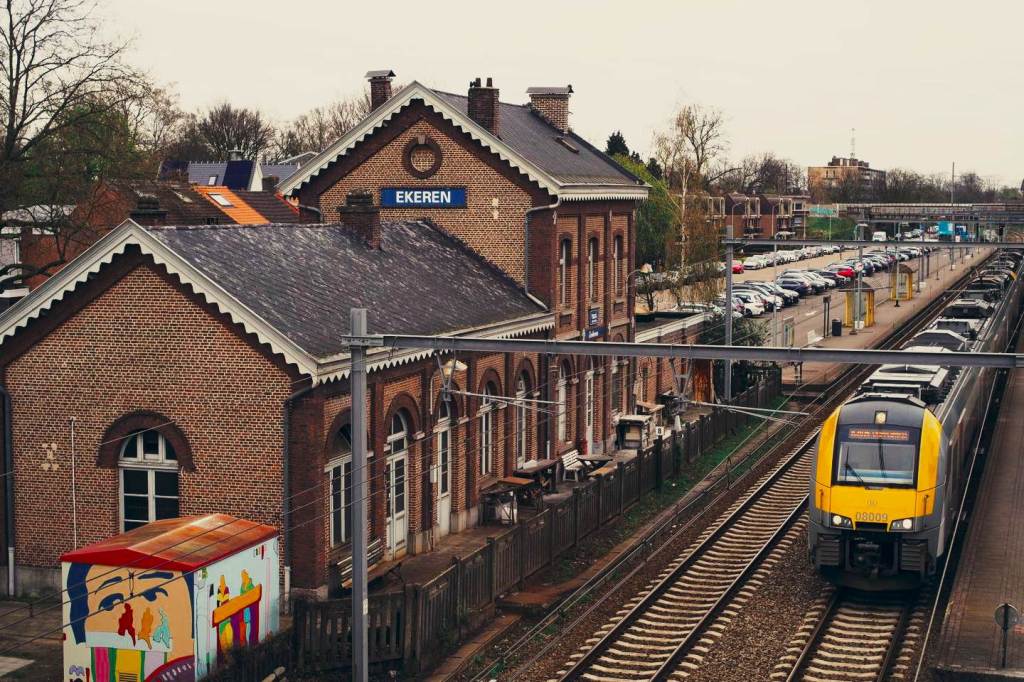
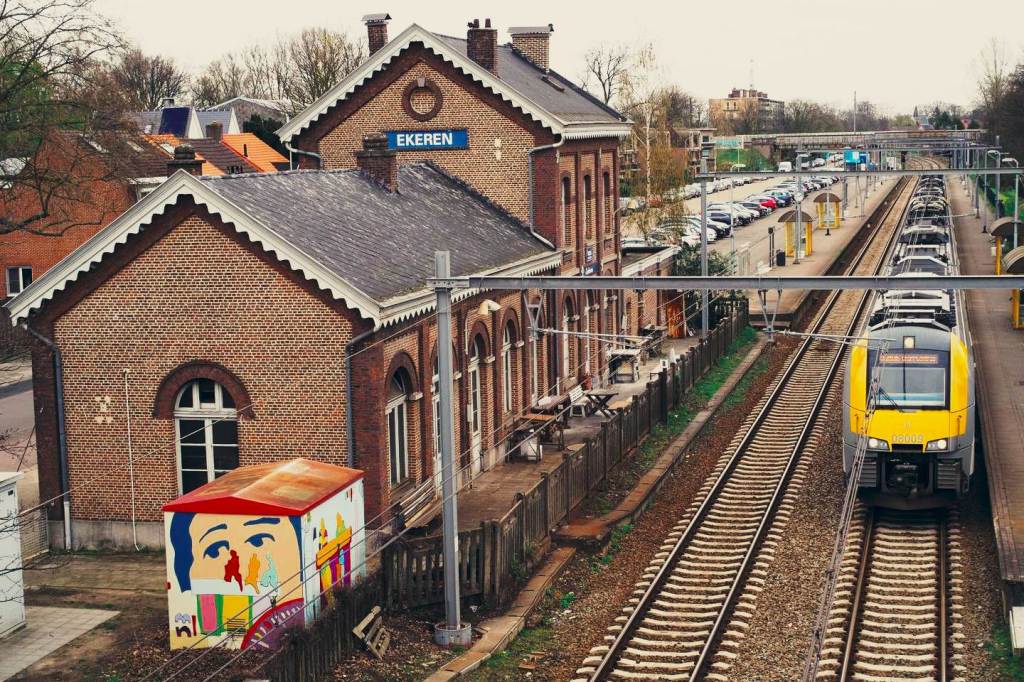
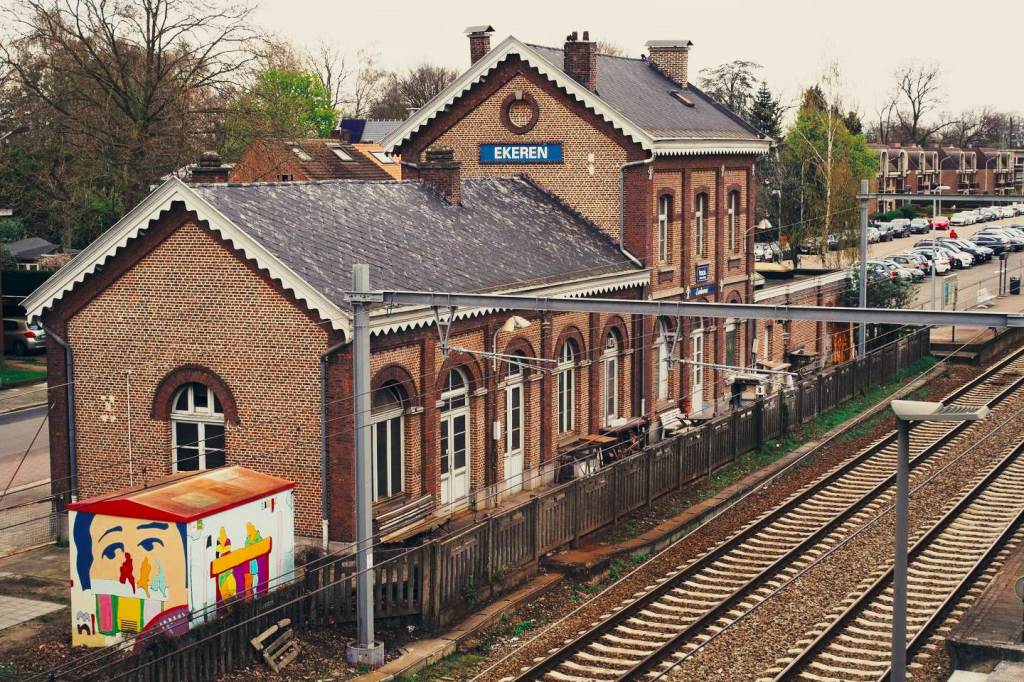
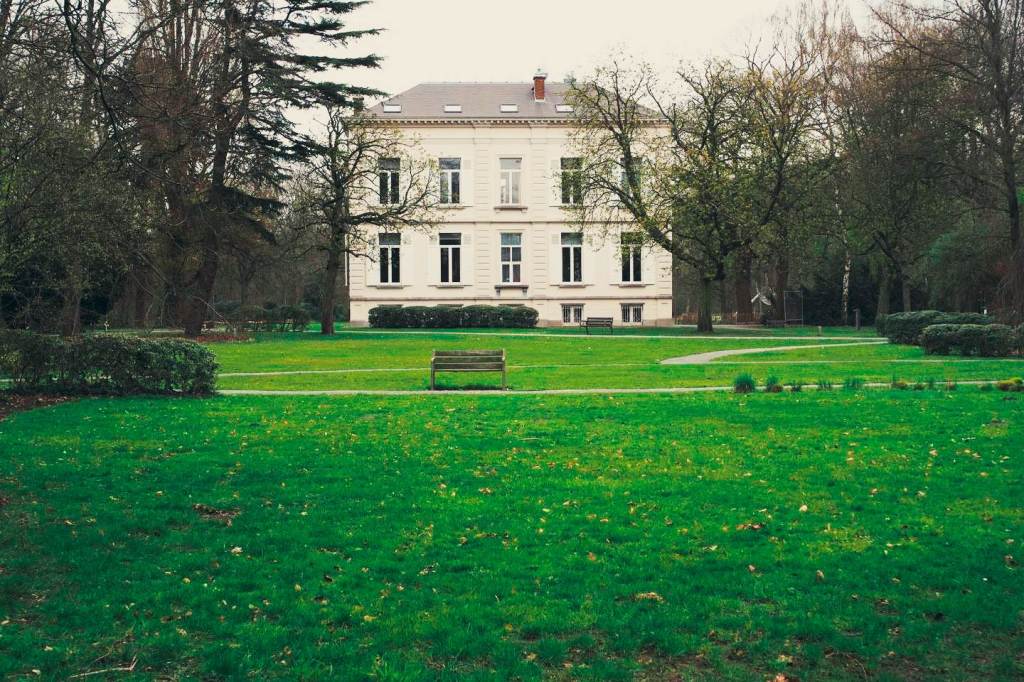
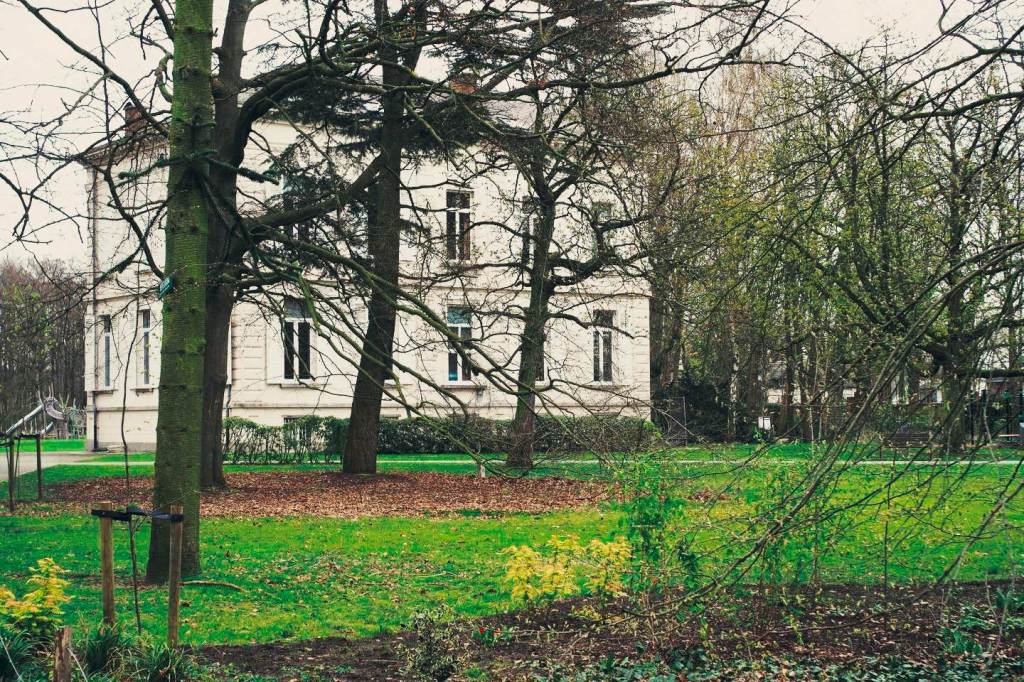
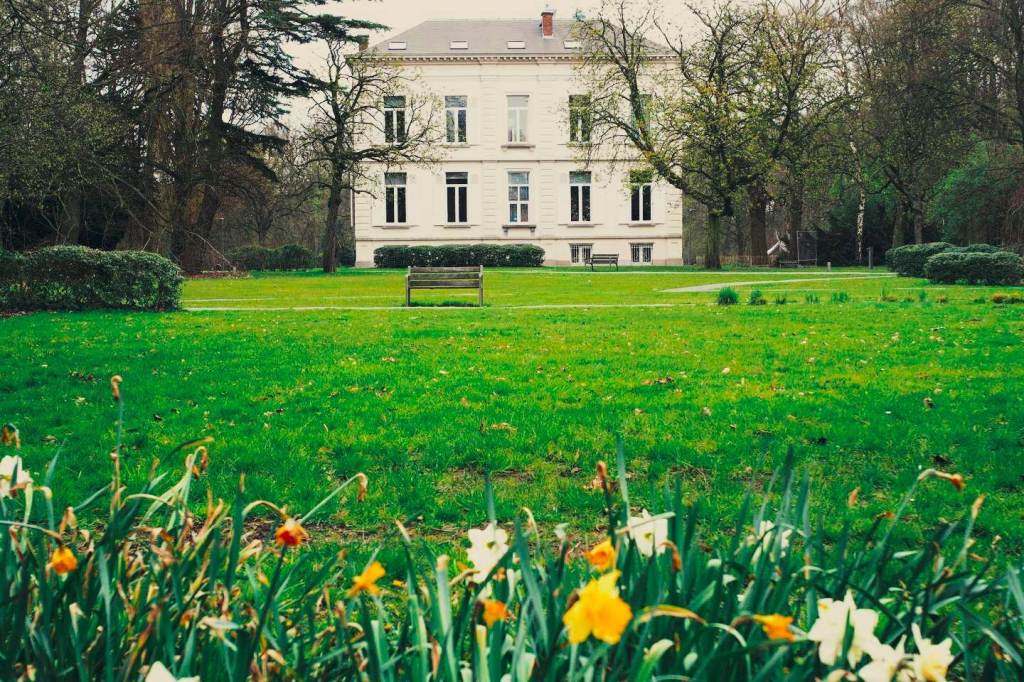
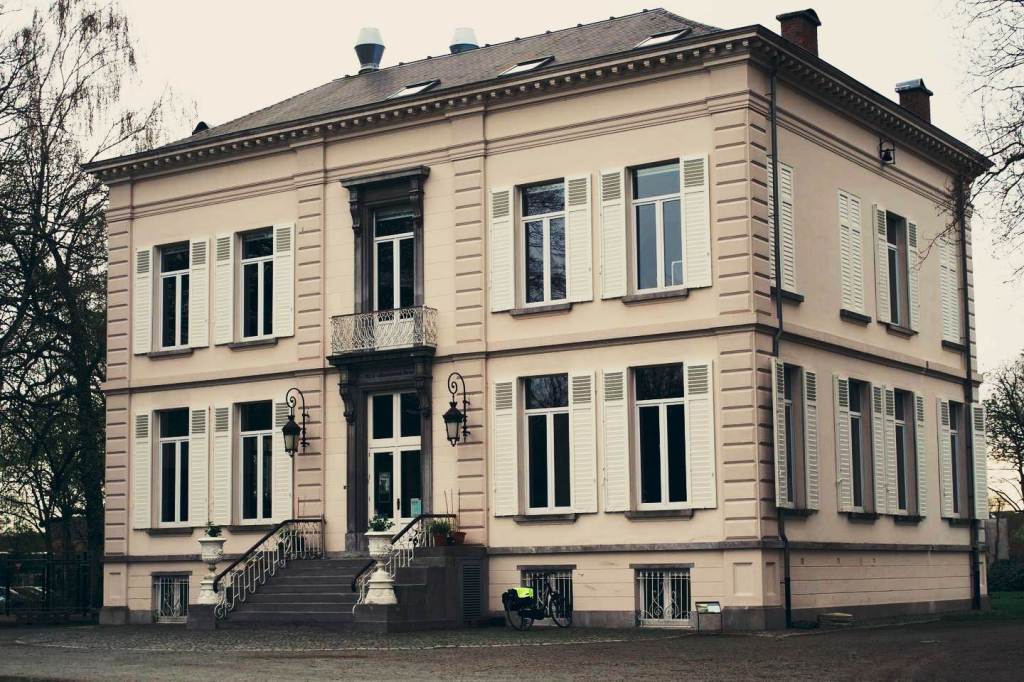
Conclusion :
The lens definitely made an impression, and I was pleasantly surprised to see the results when I got home. Even though it’s of Asian origin, you wouldn’t guess that from the results. The Summaron is of course much sharper, but the question is whether you want to pay five or ten times the price for it.
No, it’s really a very good lens and worth every penny. I definitely don’t regret buying it, and it will continue to be a part of my photography kit.
If you’re looking for a manual lens that’s very compact and can produce great photographic results, and you also have a soft spot for rangefinders and Leica, then I highly recommend this lens.
It is worth noting that all the photographic equipment here used and tested belongs to me; I personally purchased and paid for it. Additionally, all the ideas, opinions, and thoughts expressed in my reviews are entirely based on my own research and assessments. It is important to emphasize that I am not sponsored in any manner to promote any specific gear or brands.
Links :
Overview and review by Matt Osborne https://youtu.be/eBZNsJXyUsA?feature=shared
Free Kodak 2383 Lut found at https://coloristfactory.com/
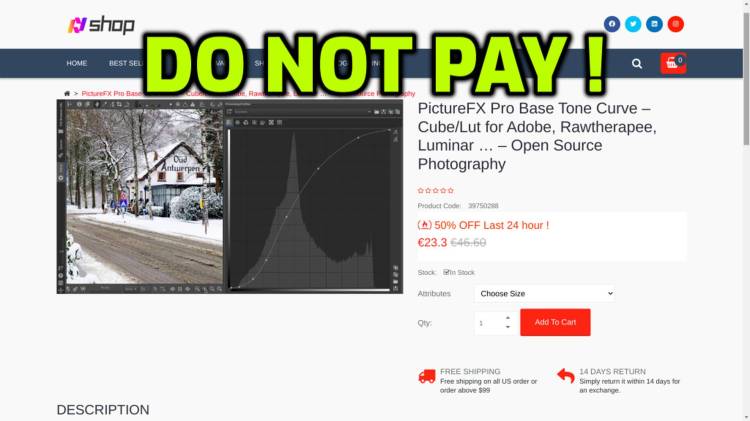
Don’t Pay for PictureFX !
There are sites selling PictureFX Luts for money, Do Not Pay ! PictureFX is free !
All PictureFX Luts are FREE an can be downloaded FREE @ Open Source Photography & FreshLuts
PictureFX is licensed under CC BY-NC 4.0
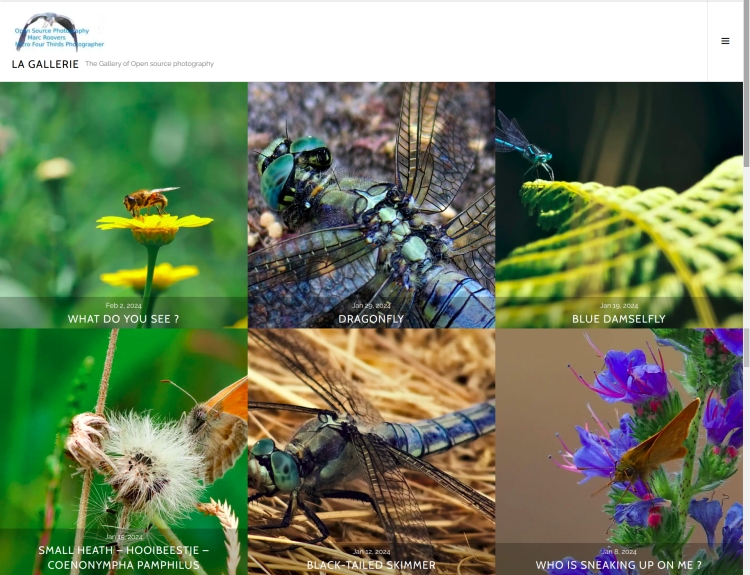
The photo gallery of Open Source Photography, Olympus micro 4/3 system, Vintage Lens Photograpy, Film Simulation, PictureFX, HDR – Photographer : Marc R.
Discover more from Open Source Photography
Subscribe to get the latest posts sent to your email.


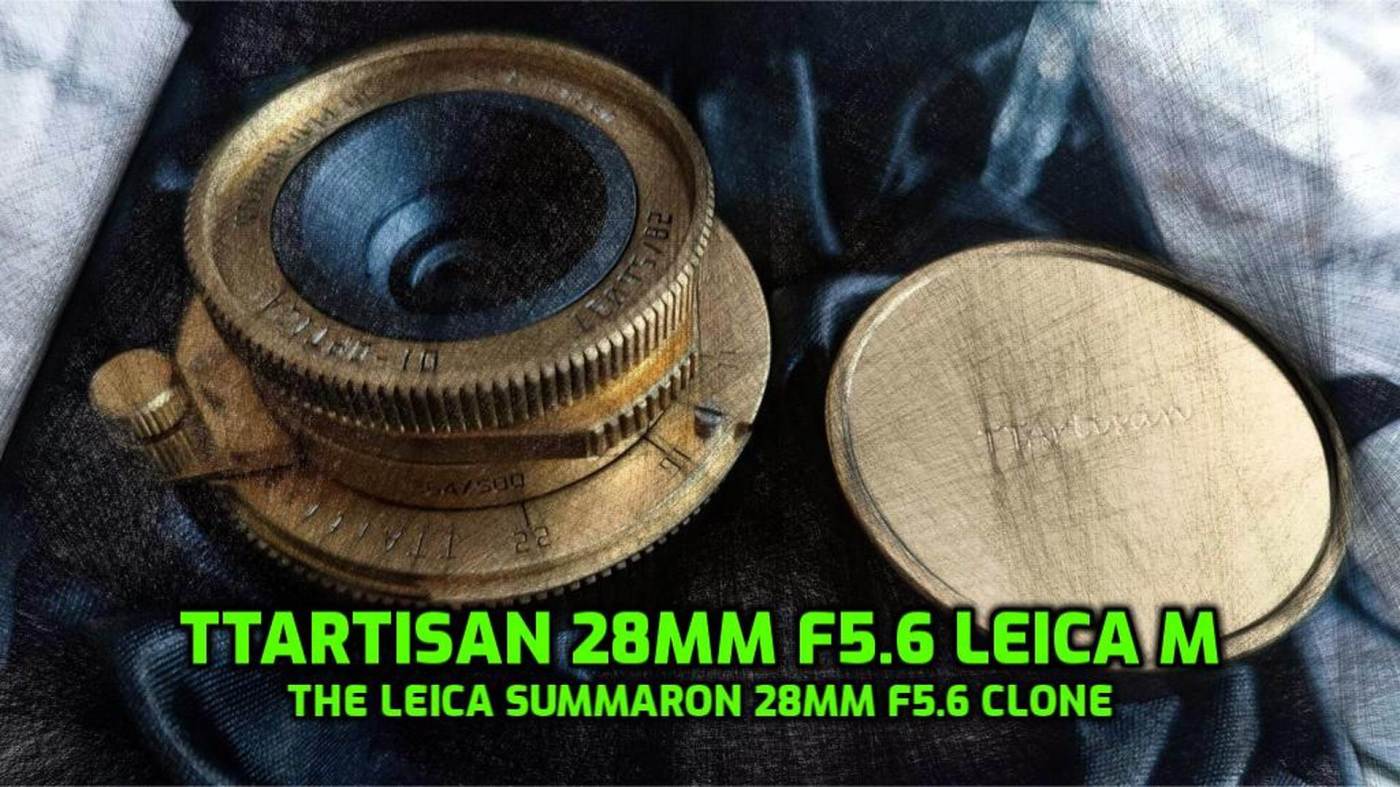

What a lovely looking lens! I love unique looking lenses like that. The images are great too, very nice!
F/5.6 is the sweet spot, I know I like to buy lenses with much wider apertures, but often shoot at F/5.6.
LikeLiked by 1 person
Thank you Mark, although AF lenses are more easy to use, I still like to photograph with manual lenses, the aperture is indeed not very wide, but for what I want to use it – mainly landscape and architecture – f5.6 is good enough.
Have a nice Easter weekend with your family !
LikeLiked by 1 person
Enjoy your weekend Marc. Happy Easter my friend.
LikeLiked by 1 person